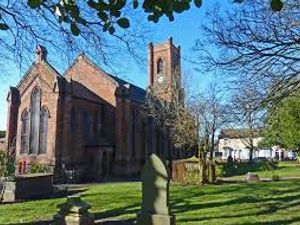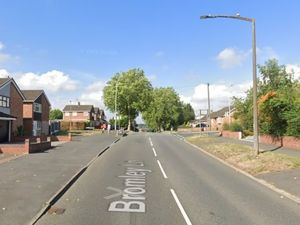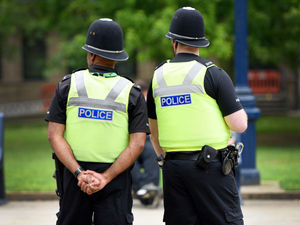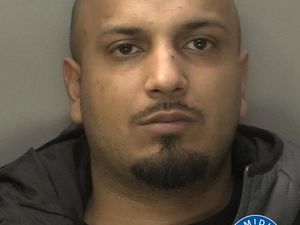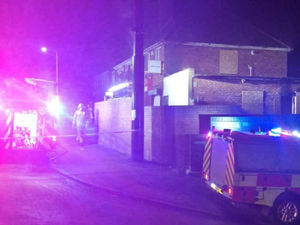Wolverhampton rioters felt 'sense of community' says £700,000 study
Rioters who ransacked Wolverhampton, West Bromwich and Birmingham in August 2011 felt a 'sense of community', a £730,000 study has said.
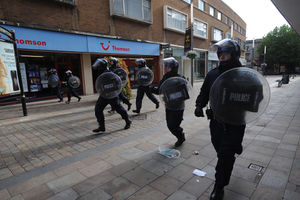
Rival gang members came together to fight officers, loot shops and smash up buildings during the summer chaos.
The research by Sussex University, based on interviews with perpetrators, also concluded that joining together against a common enemy – the police – fostered a sense of “community” among criminal gangs more used to fighting each other, helping fuel the mayhem which involved arson, mass looting.
Researcher Dr John Drury said: "New research my colleagues and I have carried out on the August 2011 riots in England suggests the violence did not spread mindlessly. Instead, we found that people were influenced by a sense of shared identity against the authorities, that transcended even the 'postcode rivalries' of local gangs.
"Our preliminary work on the riots that spread across English cities suggests social identity – rather than simple spontaneous contagion – shaped much of the behaviour that took place. First of all, not everyone in the affected cities joined in. Those that did shared an anti-police identity.
"Second, many of those young people who did join in would more typically have seen each other as rivals, based on long-standing conflicts between different districts of the city. We found that the shared antagonism towards the police meant that these rivalries became superseded by a stronger group identity. The feeling of power this created among participants is what helped the riots grow and spread."
The violence in Wolverhampton was came on August 9, 2011 – five days after the killing of Mark Duggan in London which sparked the initial riots in the capital.
In Wolverhampton the chaos started after 4pm when a violent mob descended on the city centre, leaving a trail of trashed shops and blazing vehicles. Innocent bystanders sought shelter in Wolverhampton's pubs and fled for safety as the rioters hurled missiles and looted shops.
Meanwhile, less than 10 miles away in West Bromwich, a violent mob ripped bricks off walls and torched a catering van.
And in the weeks and months that followed thousands of people were convicted across the country, with more than 300 defendants appearing before the courts in the West Midlands.
In contrast to riots previously witnessed in England – such as the notorious 1981 Handsworth riots – the turmoil in 2011 was organised, at least in part, via social media.
Hooded youths descended on Wolverhampton, with the first sign of trouble coming when dozens of shoppers were locked inside the Asda supermarket near Molineux after a gang gathered in the car park at around 3pm. Shortly after there were reports of missiles being fired at Staveley Police Station in Whitmore Reans.
The focus of the trouble soon switched to the city centre with an unknown explosive released in Queen Square at around 4.30pm.
By then around 300 youths had gathered near the Prince Albert statue, where they confronted police.

